Early though it may be, spring is in the air. Take a look outside at your yard and you’ll be sure to find your bulbs sprouted, trees and shrubs starting to bud and life bursting forth throughout the garden. As you start your spring clean-up around the yard and make the first gardening to-do lists, here are some early-season jobs you’ll want to accomplish.
First, it’s time for spring pruning. Keep in mind, though, that some plants should not be pruned at this time, so before you get lopper-happy, make your game plan. Right now is not the time to prune many spring-blooming shrubs. The best time to cut back those plants is right after they bloom. So, if you have rhododendrons, azaleas, lilacs, forsythia, pieris, or any number of other spring bloomers, wait until later this spring to prune.
Now is a great time, though, to start pruning most of the other plants around your yard. Depending on how old your rose bushes are and how diligent you’ve been with pruning over the years, you should plan to cut roses back to six inches to a foot tall; additionally, thin out all but the youngest, healthiest three to five main “canes,” or branches. Aggressively pruning this way in early spring will remove any wood damaged by winter cold or wind and reinvigorate your plants for the coming season.
Late winter is also a great time to prune your fruit trees, so if you haven’t already started pruning, get to work! Remember, fruit trees stay healthiest and the most productive when given proper air circulation in and around the foliage and fruit, so try to prune out any branches that angle toward the center of the tree and thin out any crowded or crossing branches.
Secondly, now is the time to start treating your plants preventatively for insects and diseases. This winter has been mild once again, and while we’ve had some timely cold weather along the way, undoubtedly many more insects and fungus spores have survived the winter than we’d prefer.
That said, treating for pest and disease issues early in the season is a relatively easy task. For insect-susceptible shrubs and trees like some varieties of spruce and flowering cherries, Bonide Annual Tree & Shrub drench is an easy-to-use, effective insecticide that requires no spraying and provides a full year of protection against insects—just water it in around the base of the plant. For non-flowering trees, apply Bonide Annual Tree & Shrub anytime; for flowering trees, apply right after blooming.
To address issues of both insects and diseases with one product, several options are available to provide broad-spectrum control. Bonide All-Seasons Oil is a great dormant spray for insects and some diseases, Fruit Tree & Plant Guard provides easy-to-use control of a wide range of both insects and diseases, and neem oil offers similar all-in-one benefits using all-natural ingredients. In any case, stop by Vander Giessen’s for guidance on the best product and timing for your plants to achieve the best results.
Finally, a preview: next month, I plan to address lawn care. Between the exceptionally dry weather last summer and the mild, wet weather this winter, your lawn may be little more than swaths of brown interspersed with patches of bright green moss. Don’t worry—you’re not alone, and I intend to offer whatever guidance I can for bringing your lawn back to life.
As we enjoy the first signs of spring, make the most of the mild weather and start to work in the yard. Plant some primroses, clean up your flowerbeds and enjoy the life-giving sights and smells of a new season!


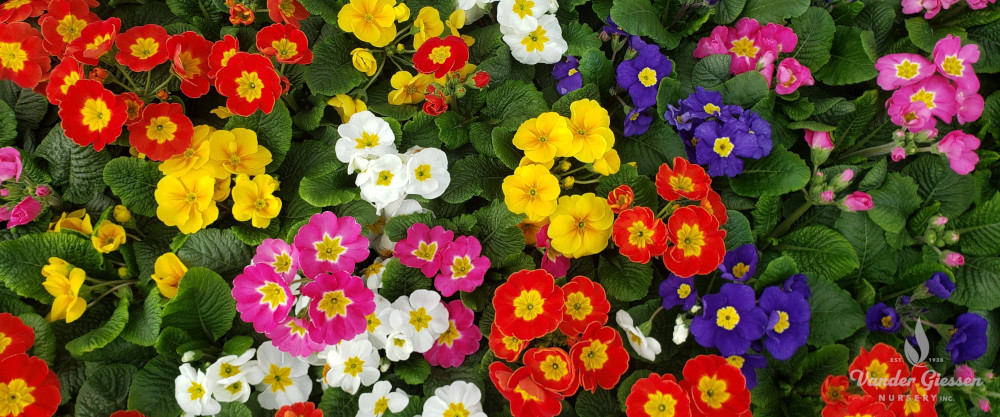
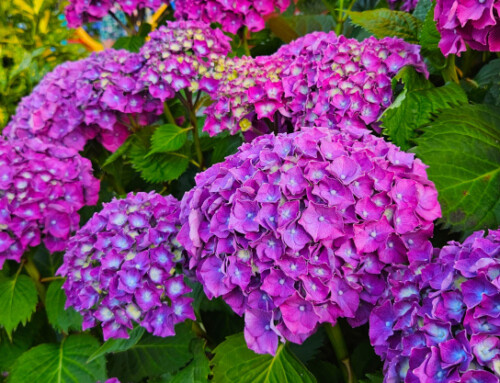
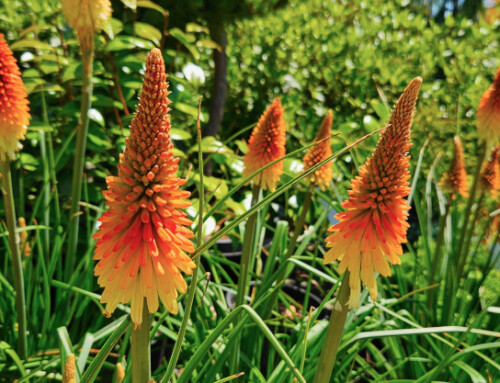
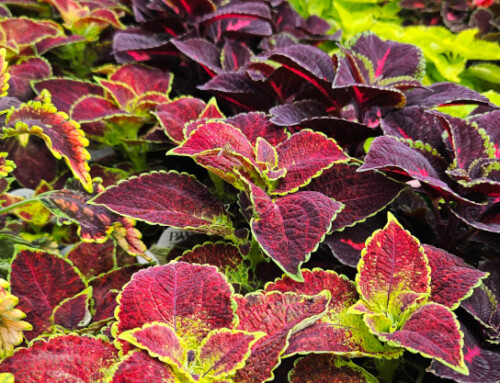
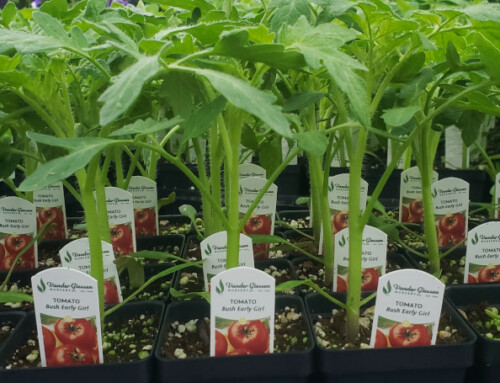
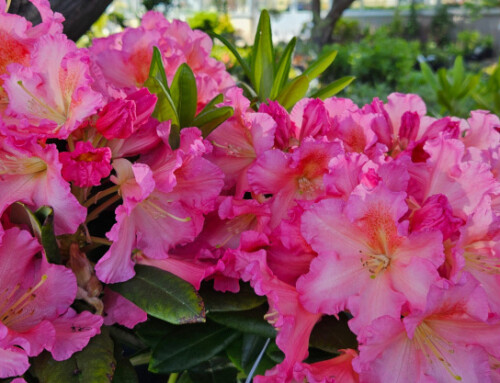
Leave A Comment